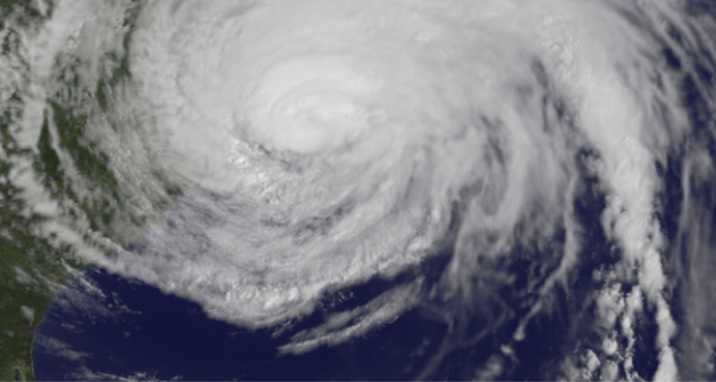Storm Preparation and Emergency Planning
New ResidentialWhat is Storm Preparation and Emergency Planning?

Fig 1 – New Jersey’s tropical storm activity is typically between August and late October. (Source: ready.nj.gov).
Severe weather and natural hazards such as droughts, earthquakes, floods, hurricanes, winter storms, pandemic influenza, thunderstorms and lighting, tornadoes, and wildfires and associated power outages, flooding, evacuations, and property damage create emergency situations that impact New Jersey businesses on a regular basis. Storm preparation and emergency planning includes steps that residents can take to avoid or mitigate impacts and increase safety and comfort before, during and after adverse events. Proper preparation and planning also refers to resilient design and green building practices that increase a structure’s ability to withstand or recover from severe weather and adverse conditions and protect building occupants. For example, at the building owner level, the Federal Emergency Management Association (FEMA) recommends securing property to protect against hurricane damage by:
- Installing permanent storm shutters for windows or boarding up windows with 5/8” plywood, cut to fit and ready to install.
- Adding straps or clips to securely fasten roof to the frame structure and reduce roof damage.
- Clearing loose and clogged rain gutters and downspouts.
- Bringing in outdoor objects such as furniture, equipment and tools or anchoring them if they cannot be brought indoors.
At the design and building level, the FORTIFIED Building Standards by the Institute of Business and Home Safety (IBHS) recommend roofing and fenestration best practices to protect buildings in hurricane prone areas and areas susceptible to hail and high winds. Together, these precautions provide redundancy and increase the likelihood of avoiding major damages and injuries.
For more information on hurricane preparedness, see the New Jersey Office of Emergency Management (NJOEM) and the NJ Hurricane Survival Guide.
How to implement Storm Preparation and Emergency Preparedness
A number of local, state and national organizations provide resources and information on storm preparation and emergency preparedness (see Resources below). The NJOEM’s “Be Ready: Follow the “Three Steps to Safety” outlines basic preparations for the most common disaster scenarios in New Jersey.
Step One: “Get a Kit” – Assemble emergency supplies including food, water, basic first aid supplies, alternative communication and other emergency equipment such as flashlights and duct tape. See NJOEM list of Emergency Food and Water Supplies.
Step Two: “Make a Plan” – Know your area’s evacuation routes and shelter locations. Keep a list of emergency contacts and local emergency numbers. Visit the American Red Cross Make a Disaster Preparedness Plan web page for more information.
Step Three: “Stay Informed” – Part of preparation is knowing exactly what kind of disasters you might face and knowing what to do in each situation. Keep track of Current Weather Forecasts and Alerts with:
- Local radio or TV stations
- NOAA Weather Radio– or listen online
- NJOEM’s Weather Links
Benefits
Using resilient building practices and developing emergency preparedness plans and supply kits:
- Reduces fear, anxiety, and losses.
- Avoids or mitigates impacts and costs.
- Speeds recovery efforts and reduces further damage and losses.
Costs
Storm preparation and emergency planning can reduce severe weather and disaster-related costs by reducing the physical and financial toll from such events. For example, identify vulnerabilities that offer the greatest potential to reduce avoidable suffering.
Resiliency
Having a plan in place and supplies on hand for common emergencies and disasters helps to avoid or mitigate potential impacts and to support recovery efforts. Prepared individuals can react quickly and safely to situations, reduce stress on local emergency responders and resources, and support local community outreach.
Resources
- American Red Cross Ready Rating
- Be Ready Campaign
- Center for Disease Control and Prevention – Center for Preparedness and Response
- Federal Emergency Management Association (FEMA)
- Institute for Business and Home Safety
- Safe Home
- State of New Jersey Office of Emergency Management
- RELi 2.0 Rating Guidelines for Resilient Design + Construction – HP: Hazard Preparedness
- Security Baron
